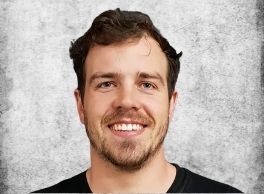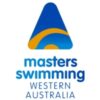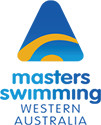Ryan Evernden’s 5 Swim Strength Training Pet Hates
| About Ryan Evernden
Ryan Evernden is the co-founder of Formidable Strength & Conditioning, a former swim coach & national open finalist in the 200m breast stroke. This amounts to over 10 years of experience coaching and competing at a high level. Over the last five years, Ryan has been solely involved in the strength side of sport and in turn has worked with every level of swimmer imaginable. From Olympians such as Heidi Gan, to his mate Chris looking to complete in the Cottesloe Mile. In this time Ryan has tried and tested a lot of different methods to get each athlete stronger, more efficient and most importantly, decrease their likelihood of injury. Contact Details:
|
 |
Ryan Evernden’s 5 Swim Strength Training Pet Hates
1. Mimicking strokes with bands – Yes the movement might look similar to what you’re doing in the water but the resistance quality of a band and the water are completely different. A band develops resistance as you pull it where in the water you have the most force requirement at the start of the pull where the initial inertia is highest so it’s not actually specific to the stroke requirements at all.
2. Trying to recreate swimming actions in the gym – One of the main points of swimming strength training is to reduce injury to the athlete so they can train/compete as much as possible. By recreating the same movement you are not doing this, you are overworking your muscles without considering how the force is actually applied in the water vs on land. This is a really easy way to push yourself towards overuse injuries and spend less time in the water.
3. The phrase “dryland warm up” – those that were at my talk on Optimising Training Windows (for Masters Swimming WA) on the 15th of August will already know why but it comes down to this. The word warm up refers to getting yourself physically prepared for activity but language is important as the term warm up could be interpreted as doing the things you need to do to get ready to train/compete or putting on a coat to stay warm. It also only refers to one of the four stages of doing a proper “warm up” and that is the increase in body temperature and blood flow. It completely neglects the three other steps in “creating a window of trainability”. This does not mean I do not see the value of doing pre-training dryland work (I do, I assure you) it’s more to do with optimising the work you are going to do in the water.
4. External rotation exercises are the key to reducing shoulder injuries – Now I’m not saying external rotation exercises are not important, BUT they are not the magic cure that many people believe them to be. The shoulder is made up of a number of muscles that together and in isolation play a huge role in a variety of different stability and movement patterns. Yes external rotation tends to be a weak spot so you should strengthen it but you should also make sure you have adequate overhead range of motion and that in an overhead position you are stable.
5. The belief that strength training will make you slow – This is a myth, in fact it’s the opposite. Strength training will increase the amount of force you can produce. The more force you are able to produce the faster you move and as a byproduct the longer you’ll be able to maintain your previous speed. So no, strength training will not make you slow.
Watch Ryan present on the 9 Point Mobility Test: https://youtu.be/A6kd5UjNPts
View his Optimising Training Windows presentation here: https://mswa.asn.au/resources/coach-conference-resources/

